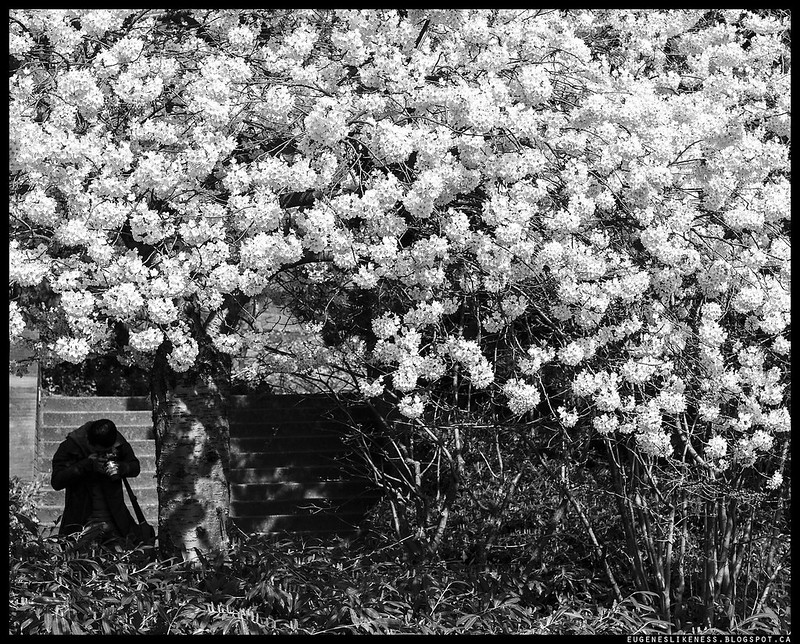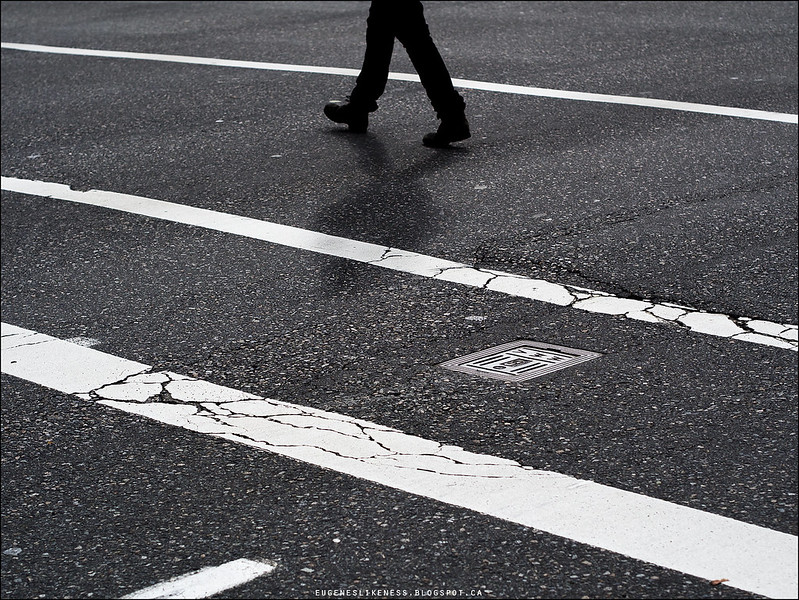My journey through this online school is past the half way point and it is a good time to write about my experience so far with the mentorship program. A few of you asked about it too and that's another reason for me to write about it. I also think this will be of help for those who are considering Ming Thein's Email School of Photography or those that are already in the early process of taking the Email School program. Once I'm done with it I will do another blog post, a conclusion and photo essay about my journey and development throughout the whole process.
For those that are not aware of the setup, it's basically all via email unless you live in Malaysia where Ming can do a face to face portfolio review, then the rest is by email. It is assignment based and the outline of how it works is on his website and if you have other questions the best way is to ask Ming directly. His contact information can easily be found on his website and he is very quick to respond, normally between 1 - 2 days and sometimes quicker if you're in the same timezone as him. Just take note that he travels on assignments. If you want another opinion other than Ming's I'm open to answering any questions you may have. Kindly leave a comment, email me or flickr mail me if you have a flickr account.
I started with this around mid-Feb of this year and I guess you can say that I'm a bit fast with the program. Since that time I have completed 5 assignments. I have 4 more assignments to go before it will be done. Take note that the mentorship's pace is totally dependent on the student. I never had a problem with Ming taking a long time to respond. Like I said, he is very quick to email back. I also try my best to do the assignments right away. Another reason is Ming has never asked me to repeat an assignment yet :-). I'm very glad with that but that doesn't mean all my photo submissions passed. Ming will normally ask you to submit multiple photos and will set rules of what are allowed and what are not. This is how he can determine if you're meeting the goal of each assignment or not. He will also not let you move on if he thinks you did not meet the goal of the assignment.
I started with this around mid-Feb of this year and I guess you can say that I'm a bit fast with the program. Since that time I have completed 5 assignments. I have 4 more assignments to go before it will be done. Take note that the mentorship's pace is totally dependent on the student. I never had a problem with Ming taking a long time to respond. Like I said, he is very quick to email back. I also try my best to do the assignments right away. Another reason is Ming has never asked me to repeat an assignment yet :-). I'm very glad with that but that doesn't mean all my photo submissions passed. Ming will normally ask you to submit multiple photos and will set rules of what are allowed and what are not. This is how he can determine if you're meeting the goal of each assignment or not. He will also not let you move on if he thinks you did not meet the goal of the assignment.
Ming is very honest and brutal with his comments, he will warn you about this. There will be no sugar coated comments and you can ask all you like. If there's something you don't understand all you need to do is clarify or ask. Because all communication is through email you will have to take into account that there's no facial expression and there's no tone. Comments, feedback and answers to questions are all in plain text. For me this is important because it's part of the communication process. So a wee bit of advice, for this type of mentorship to work one needs to understand the complications of communicating by email only. Maybe you are asking why complicated. I already mentioned the absence of facial expression and tone and I also mentioned the feedback and comments are harsh (but objective) and never sugar coated. So if you did an assignment poorly expect some brutal feedback, or if one photo out of all your submissions was bad you will hear it from him. Of course, those are all constructive and meant for learning and understanding why it was bad. It's not an attack on your work. I guess this can somehow be interpreted as what can be lost in email communication. Because of the absence of facial expression and tone the plain text description can be misinterpreted.
Ming is also very good in figuring out what your strengths and weaknesses are. He tailored assignments 1- 5 to fit this. At least that's how I see it and while we are at it I just want to make a reminder that this is based on my personal experience. In my case I think it's a combination of photography fundamentals (making sure that I understand it) and improving my weaknesses. Although this could vary because of the goal you set. I remember when setting my goal with Ming I told him I want to be able to produce photos like he does and he simply responded that it takes years and years of practice and development. After some thought I told Ming that my goal is to be able to consistently produce great images and identify what makes or breaks a photo. Basically be able to identify why a photo is good and why it's not. Before I started the mentorship I was in a state where I felt I wasn't growing anymore as a photographer. I'm also not able to tell sometimes why a photo is good. I mean, I know when I see a good photo but to explain in full detail why it's balanced, composed very well and suggest improvements where possible is a struggle for me. The key here for me is knowing that there was a problem, acknowledging it and addressing it.
I have posted all my assignments in this blog site as I wanted to share my experiences with everyone and I also want those who are interested to learn as well. It's not the same of course but hopefully the bits and pieces will help. Ming's website alone contains a lot of information that could help you improve. However, the difference is with the mentorship program, he is able to format or define the course for you based on your goal and his assessment of your portfolio and your submissions. Also add to that the unlimited questions you can ask. At this half way point I'm very pleased to say that I am very happy with the improvement in the quality of images I can produce now. It has already changed my shooting style and my standard for quality has improved as well. I asked Ming for a half way report, kind of a mid-term report but this is what he told me. Photography is a journey rather than an end-goal. Saying that I'm now a 8/10 from a 4/10 is meaningless because 10 is a very abstract concept...we can all improve (and should try to) and thus always be better.
All the images in this post are my favourites from assignment 1 to 5. I decided to leave titles and descriptions out, the photos should speak on their own. They were a product of Perspectives, Fitting Subject to Frame and vice versa, Balance, Subject Isolation and knowing when to choose BW or colour (I still haven't written a blog for this, it's coming soon). I will also change the style of writing the blog for the assignments. I will write more about the story on how I completed the assignment, my understanding of the assignment, the relevance to my progress and my own commentary on the photos (instead of Ming's). I will still try to incorporate his message into the commentary as I believe this is important for learning. --EP.







Thank you for doing this Eugene! Very well written! - Eric Hanson
ReplyDeleteYou're welcome Eric. Thank you.
Deletelove your sakura shot, E!
ReplyDeleteThank you Inna.
Delete